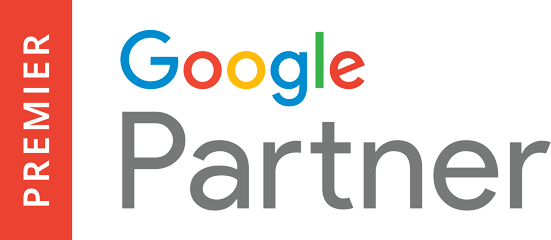Google has announced that as of this week, they will no longer be serving standalone Gmail campaigns. Naturally this poses the question of why.
To find out more about this change and its potential impact, we spoke with our very own tech guru and Digital Account Executive, Chris Gedge.
Hi Chris, thanks for guiding us through this change. We’ve recently heard that Google will stop serving standalone Gmail campaigns. What does this mean?
As of June 28th we are no longer able to set up standalone Gmail campaigns. These were campaigns that previously lived in the top section of a user’s Gmail inbox, which were labelled as sponsored ads.
Now this doesn’t mean that Gmail isn’t still a viable place to advertise. This just means that the placements available to advertisers are changing.
Essentially, Gmail campaigns are being absorbed into something called Performance Max/Discovery campaigns. These are new Google products. You may still be able to exclude those other avenues and channels within a Discovery campaign, but it still won’t look like the traditional Gmail campaigns that we’ve been used to.

Why do you think Google is making this change?
It’s a culmination of the general lack of success they’ve saw in the deployment of the campaigns and how badly it was received by the general populace.
People don’t like to be advertised to in spaces they have deemed safe; that’s just how it is. To the average person, Google isn’t an advertising platform; it’s a search platform, maps tool, e-mail inbox and more. You know how annoying is it when you get advertising leaflets through your letterbox? It was sort of the same thing. Google has known this placement hasn’t been working for a while. This is now why there instigating these new product lines.
It’s indicative of wider industry trends. Users are becoming more aware of where and when they are being tracked and how that information is being used in the ads served to them. I believe it’s a clear move to help address those concerns and reduce the apprehension some users may have in continuing to use Google’s platforms.
What is the benefit from Google’s perspective?
This change is a way to be seen as an innovator in the market. They need to be seen adapting to consumer needs and consumer doubts. Moving a more invasive, historically lower funnel placement up the funnel is a step towards more subtle advertising across all their platforms.
The user gets nicer, less abusive ads and then us, the agencies and the media teams get nicer returns. We see lower bounce rates and higher open rates. In theory, everyone wins.
Who will this impact?
I think it will have the biggest impact those who did see success in Gmail campaigns; mainly advertising agencies and media teams, but not necessary in a negative way.
Once these teams get used to working with the new format, I expect they’ll see similar types of success that we’ve seen with responsive ad formats.
Do you foresee any performance benefit from this change?
Yes. What this change will let you do is create a campaign that not only utilises Gmail, but leverages Google’s full display network; YouTube, Maps, and all of the other varying products. It also takes some of the work to optimize the campaigns away from campaign managers, and places it back into the hands of Google’s algorithm.
Performance Max is really automated and thus very good for those who maybe don’t have the same knowledge and expertise that those of us in the industry do. I think it’s overall a good move, it’s just how tumultuous that move is for the small subset of agencies that used it successfully.
Last question for you. We’ve seen similar privacy changes and changes to e-mail offerings from Apple. Given that two of the biggest players are changing their offerings, what does this mean for the future of advertising via e-mail?
Taking into consideration the ‘Inbox Advertising’ judgement that we saw in late 2021, causing targeted emails to no longer be available in the EU, I think it’s just it’s a wider industry move to protect people from being directly targeted in these perceived safe spaces.
This is all a natural reaction from the service providers. With their data models, they will see long before anyone else that a downward trend is beginning. They start to realize that if they don’t act if they don’t act and change the deployment now, they’re going to have to do it in the next six to twelve months anyway. People will either make a lot of noise about it, or just stop using the products entirely. Whether you frame it as jumping the gun or trying to save the product, it all adds up to the same thing.
Interested in more content from the Adgen team? Check out all our blog posts here








